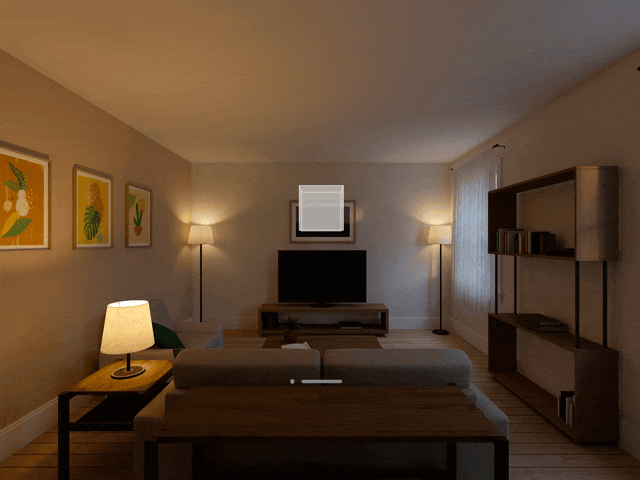
Controlling the visibility of the baseplate of volumes in visionOS
Define the visibility of the baseplate used to control volumes on visionOS.
Starting from visionOS 2.0, volumes in visionOS are presented with a digital plate to help users understand the boundaries of a volume and locate resize handles. In some immersive apps, the default baseplate might clash with custom-designed content.

The volumeBaseplateVisibility(_:) modifier gives developers control over whether this baseplate is shown or hidden, allowing you to tailor the visual experience to your app’s needs.
We can provide three different visibility values to the modifier that will affect how the baseplate is presented and how users can interact with it:
automatic: the element may be visible or hidden depending on the policies of the component accepting the visibility configuration.visible: the element may be visible.hidden: the element may be hidden.
To apply it on a volumetric window, we just need to attach it to the View:
import SwiftUI
@main
struct BasePlateVisibityApp: App {
var body: some Scene {
WindowGroup {
ContentView()
.volumeBaseplateVisibility(.automatic)
}
.windowStyle(.volumetric)
ImmersiveSpace(id: appModel.immersiveSpaceID) {
ImmersiveView()
.volumeBaseplateVisibility(.hidden)
}
}
}

